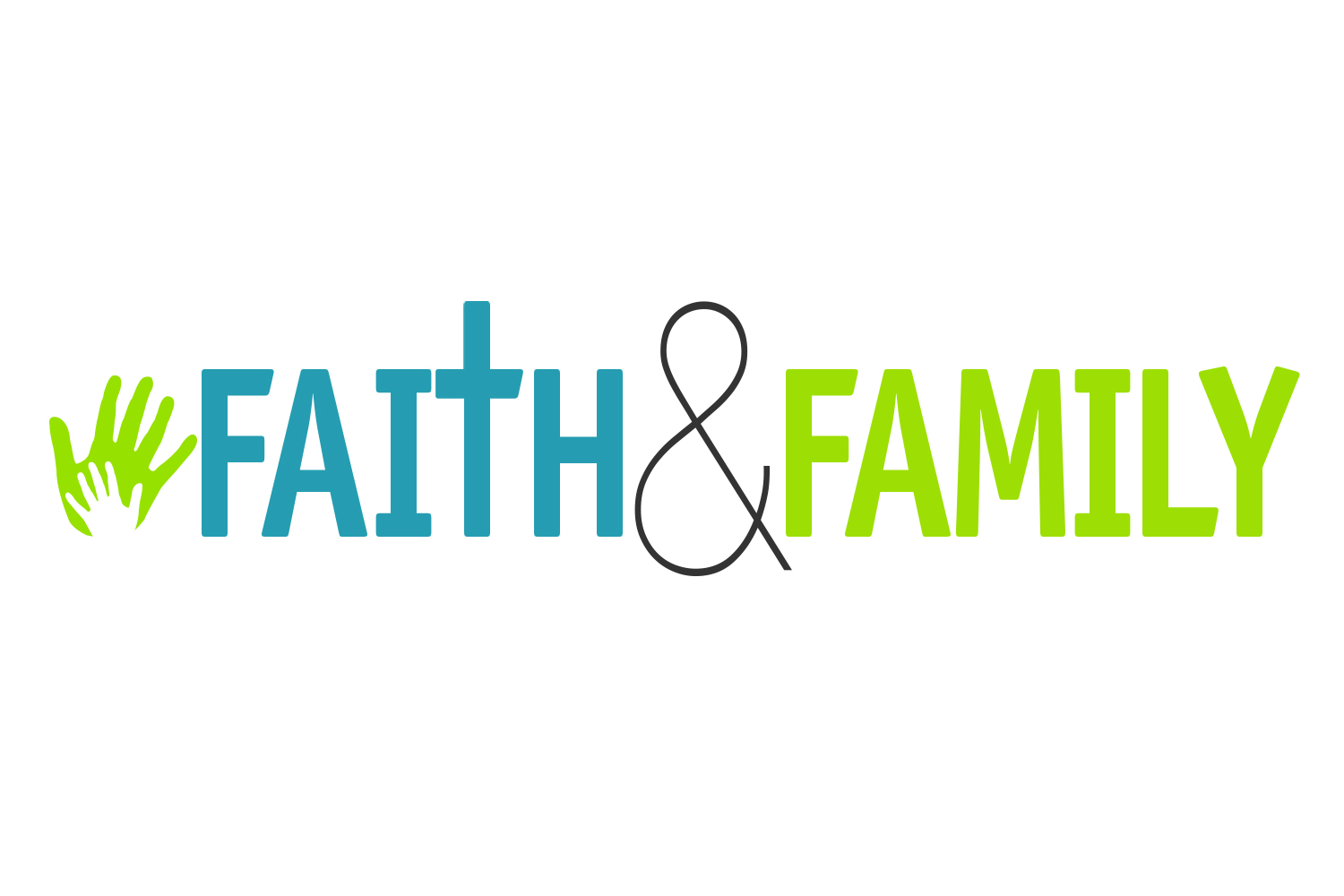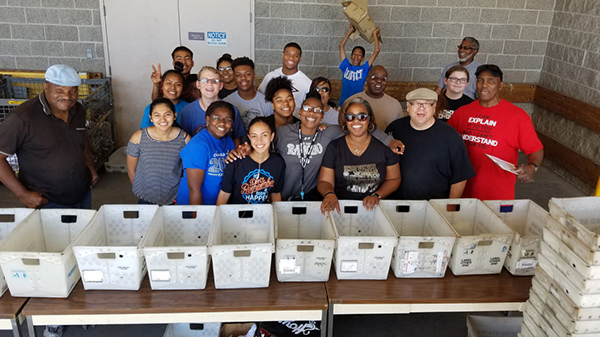The practice of self-injury is an important topic for parents of adolescents to understand and discuss with their teens. The practice goes by many names, most commonly self-injury, self-harm or self-mutilation. Two prominent types of self-injury include repeatedly cutting oneself or repeatedly burning one’s skin. Many adults may have a hard time wrapping their minds around why individuals would intentionally inflict pain on themselves, but the truth is that these behaviors are much more complex than they first appear.
It is easy to conclude that self-harming behaviors are suicide attempts, but this is usually not the case. Normally the individual’s intent is not to cause permanent damage nor is the intent to end one’s life. As I work with adolescents I often hear them say cutting or burning gives momentary relief from the world around them. Many people who self-injure report their emotional pain feels intense and unbearable. Thus the physical pain of self-injury is a way to numb the emotional pain. Essentially self-injury is a “quick fix” coping strategy to get them through the hurt in their lives. As they cut or burn, endorphins are released and the individual experiences an emotional and physical release that can be addictive.
Feeling of control
Many adolescents who practice such behaviors also say the act of self-injury gives them a feeling of control or ability to manage their situation. Remember how as a youngster you could not wait to unwrap the presents under the Christmas tree? Why was that? Most likely it was because you had spent the days before Christmas looking at the packages and wondering what was inside. The secret inside the wrapping consumed you and as a result the secret had power over you. This concept applies for someone who cuts or burns. The fact that he or she has a secret or thinks it is a secret gives the behavior more power and control than it deserves. Therefore it is important to seek professional help for anyone who continues to self-harm. When an individual is forced to address the issue of self-injury in therapy there is no more secrecy. This in turn removes some of the power that cutting or burning may have over the person.
Therapy also can address the root cause of the self-injurious behaviors. According to Eliana Gil in her book “Treating Abused Adolescents,” self-injury is a common symptom of prior abuse in teens. One of the most common feelings that precedes self-harm is shame. Shame may be linked to physical, sexual or emotional abuse earlier in life. Similarly any traumatic event could prompt someone to self-injure. Another striking statistic is that approximately 25 percent of patients with an eating disorder also display self-injurious behavior. Though not the only reason individuals start harming themselves, shame is a strong emotion and it can shape thoughts, feelings and behavior in a powerful way.
Take some time to talk to your children and teens about self-injury now. Reiterate with them that you are available to talk if they ever do cut or burn or if they know someone who is doing so. Strive to have a conversation with your teens that lets them know they will not get in trouble if they come to you. Emphasize that your concern is for their emotional and physical wellbeing.
Left untreated, unmanaged stress may manifest itself as anxiety or depression and only get worse instead of better. In an effort to cope with these feelings teens will seek their own strategies, whether healthy or unhealthy. Certainly cutting falls into the category of unhealthy strategies, as does overeating, drinking or abusing drugs.
A professional counselor can help your child by teaching healthy coping strategies. Some healthy strategies include but are not limited to exercise, journaling, talking to a friend or enjoying a hobby. It is essential that adults in the home model these healthy behaviors.
As you and your teen utilize and understand the importance of healthy coping strategies, he or she will be less inclined to fall to the peer pressure of experimenting with self-harm. At times cutting may appear to be the “popular” thing to do when someone talks about it or wears wristbands frequently to school to hide scars. However, the consequences of self-harm can be serious and even deadly. It is always possible that a cut will be deeper than intended by the cutter or that a burn wound will become infected.
For all these reasons we strongly suggest seeking professional help if you identify unmanaged stress or self-injurious behaviors in your child. The consequences can be costly if we do not take care of ourselves by implementing healthy coping strategies on a daily basis. Pathways Professional Counseling is available throughout the state with counselors who would be happy to serve you, a family member or a friend.
For more information, go to www.pathwaysprofessional.org or call 1-866-991-6864.






Share with others: